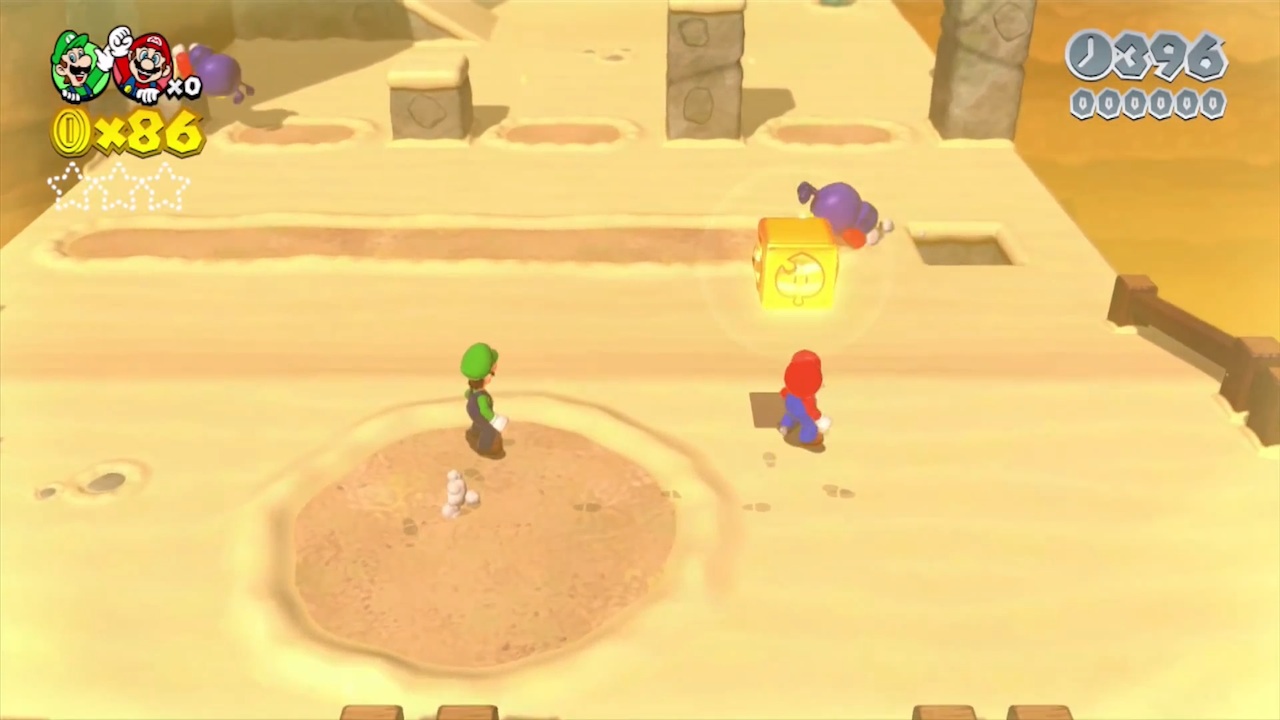Whilst watching a Mike Matei video on Super Mario 3D World (apparently the best game around at the moment), I noticed that he was hitting on a nerve. Watch the video above to listen to his argument. In summary, he is unhappy that after a few failed attempts at completing a level, you are given the option of using a ‘White Tanooki Suit’. This allows you to effectively become invincible for the rest of that level, taking all of the challenge away.
Economic Interlude
There is often a polarisation between behavioural and rationality-oriented economists when it comes to the issue of more choice in a set. The rational argument is that more choice provides more options for you to choose from, and therefore you cannot be made worse off if there is an extra option added to an additional choice set. Example: suppose I only have a banana to eat. No choice. In this case, all I can do is to eat the banana. Now suppose someone gave me a pear, and so I have a banana and a pear, but I’m only allowed to eat one of them. If I like the pear better, then I can eat that and be better off than when I was forced to eat a banana. On the other hand, if I prefer the banana then I can eat it like before and I’m not worse off just because I got a pear.
Although this is a very sensible and simple example, we cannot use induction to claim the same thing for all cases. A common empirical problem is that of choosing savings or pension plans. If you have to opt into a plan, 2 plans may be better than just 1. But suppose in one situation you had a choice of 3, and another you had a choice of 30. It’s not clear that you will actually make a better decision when there are 30 plans (although logically you should).
Another problem with choice is when there is a conflict between long term and short term rewards. Let’s go back to the banana example, but instead of adding a pear, we add a pack of Oreos. In the short term, I would go for the Oreos every time. However, I also don’t want to be unhealthy and overweight in the long run. You can imagine that the long term health effects are much more harmful than a small hit of Oreo goodness is beneficial in the short run. But by laying both options out in front of me, it makes it difficult to go for the healthy option.
Back to Mario
When I watched the above video on YouTube, I was perhaps a little surprised to see the same rift in the comments section. It seems that this difference in philosophies transcends economics. Some people disagreed with Mike, because adding a choice logically cannot make you worse off since you can just ignore the extra option. However, Mike’s argument has more of a behavioural slant. In the same way as my banana and Oreo example, the addition of an invincibility option that has a short run allure can be harmful insofar as your enjoyment from the game could be reduced overall. Therefore, this type of added choice is not guaranteed to be ‘good’ for the player. What should be done?
The framing of choices (the way in which they are presented to us) is something that has a big effect on what we choose. So, in order to prevent a knee-jerk affective response from ruining our game, what can help is to make it more difficult, but not impossible, to choose an option that might harm us in the long run. Richard Thaler’s Nudge has many examples of such policies in practice, including placing healthier food options more prominently than unhealthy ones in cafeterias. In the context of the game, I think it would be a good idea to make the White Tanooki Suit a hidden option – one that you have to actively seek out rather than have it presented to you at the start of a level. This means that the people who really want to use it can do so, but it will reduce the number of people that choose it in the short run due to ease of accessibility, but would actually be worse off in the long run by doing so.

